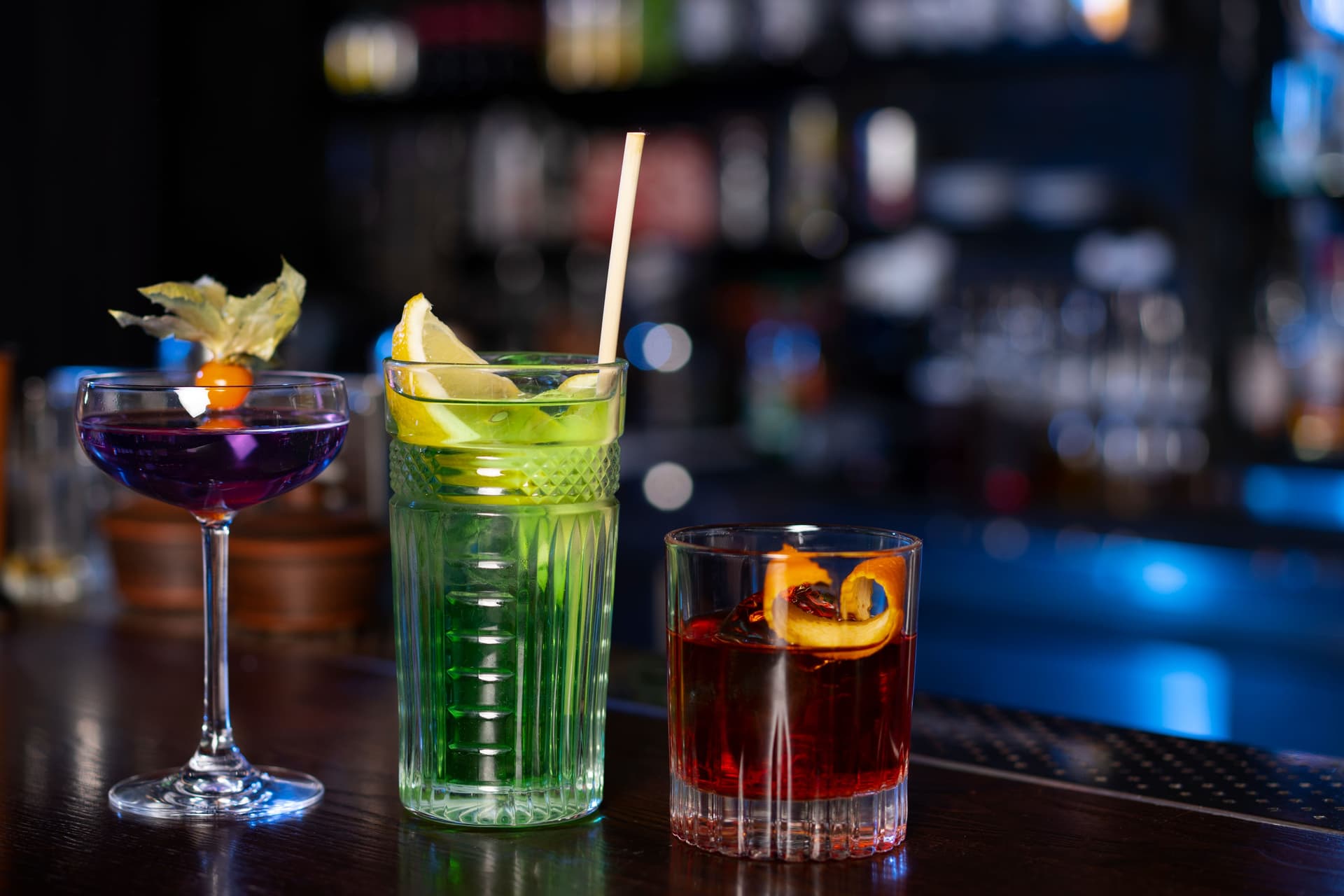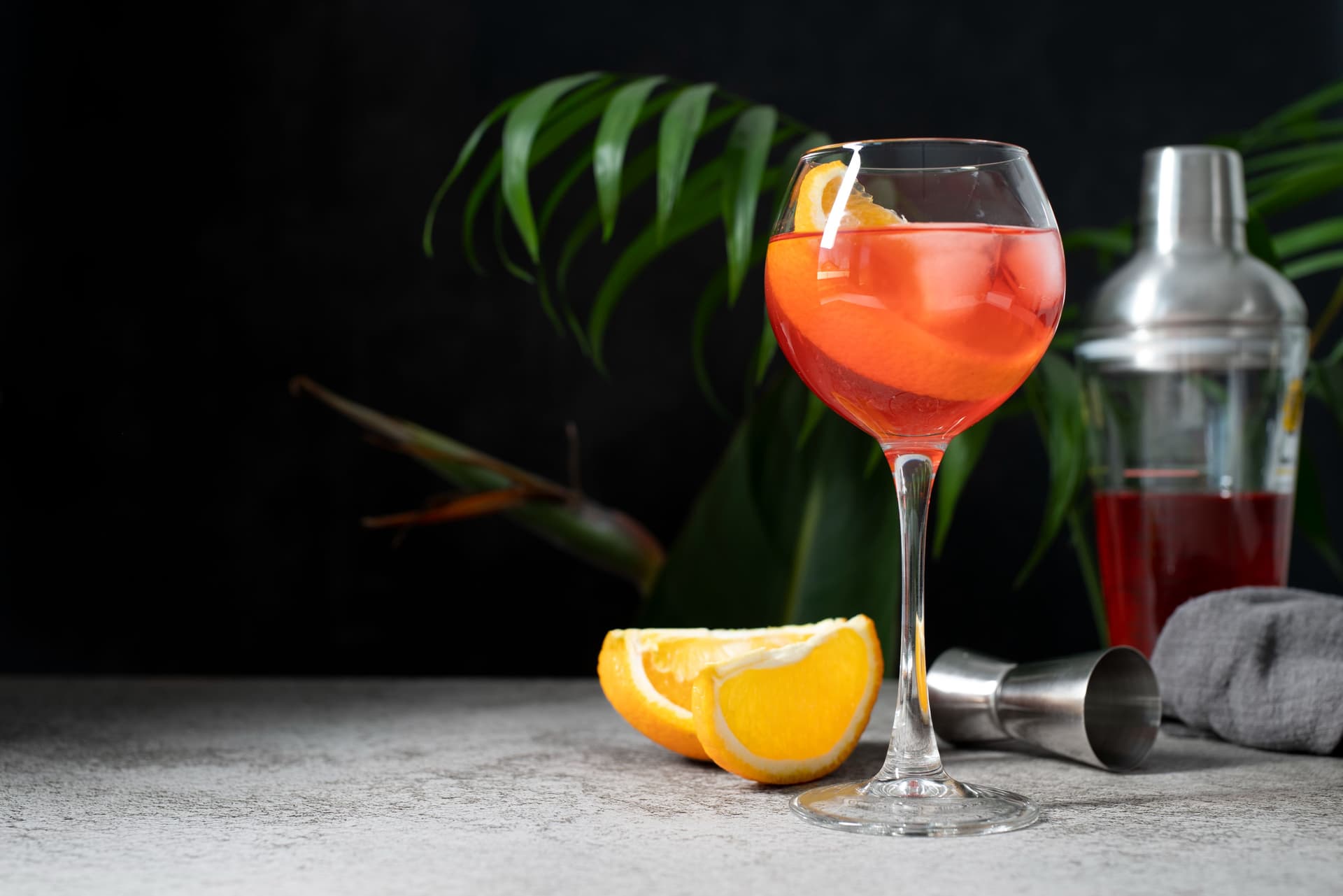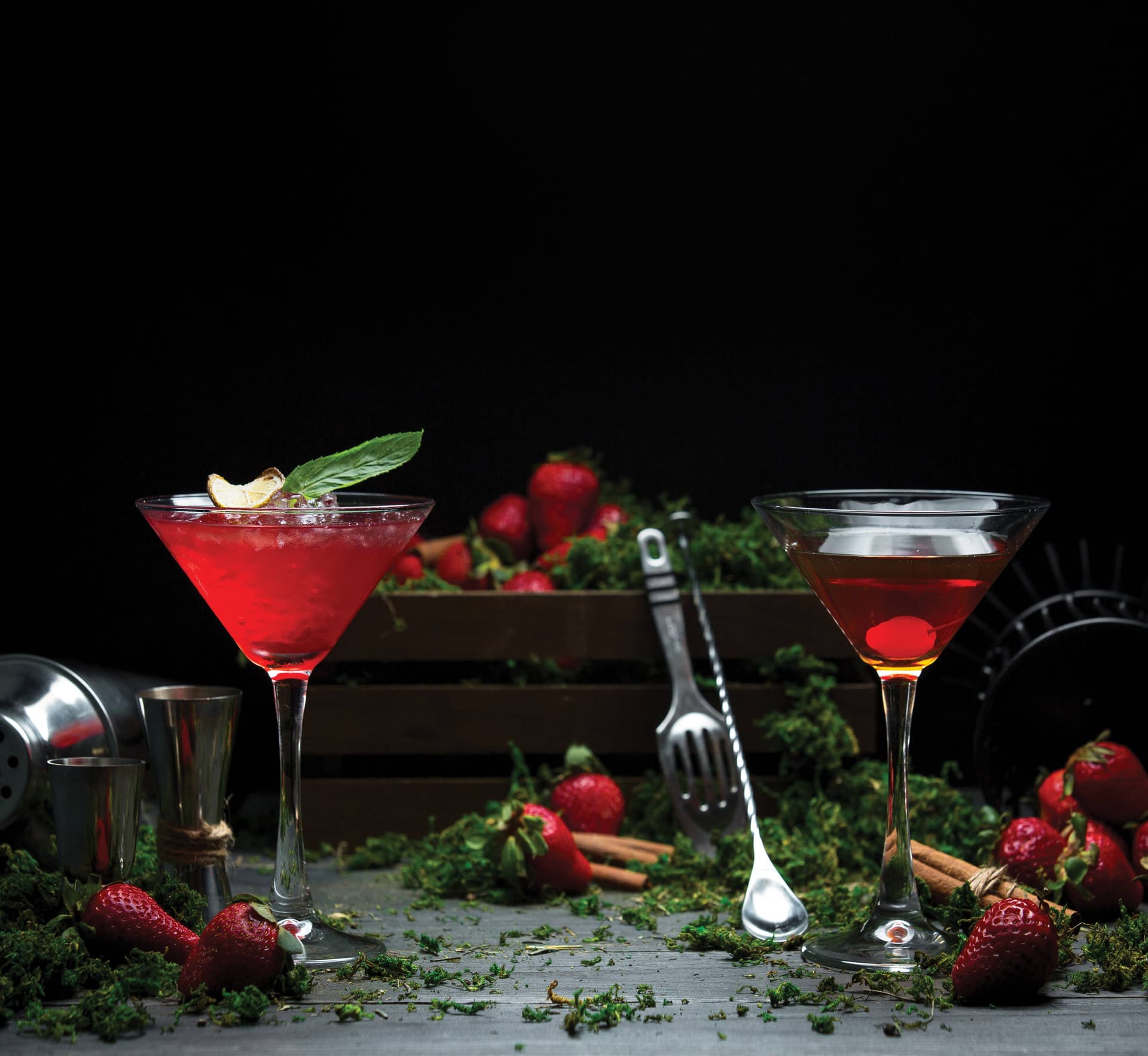Each Menu Needs Options For Every Taste — Finding The Right Servings
Creating a cocktail menu can be challenging because it must balance structure, variety, and consistency while meeting practical service needs. A menu is not just a list of drinks but a framework that represents a bar’s approach to flavour, technique, and presentation. The challenge often begins with deciding which styles to include. Too much repetition may make the menu feel narrow, but adding too many contrasting formats can overwhelm both preparation and guest’s understanding.
Another scenario involves ingredient management. Seasonal elements, perishable items, or specialised infusions may bring unique flavours but require careful planning to maintain quality and reduce waste. Balancing creativity with operational efficiency is a key difficulty in this process.
Presentation also adds complexity. A well-designed menu must guide the reader, explain drink categories clearly, and maintain consistent language without oversimplifying. Striking a balance between classic references and innovative options is what makes menu building a careful exercise. Ultimately, the challenge lies in creating a menu that is structured, diverse, and achievable in service without losing clarity or balance. Here are a few tips to select and present the right drink according to your event or gathering!
How To Include A Range Of Drink Options For Balanced Menus? 5 Tips To Explore

Designing Cocktail Menus With Clear Categories
A well-structured cocktail menu avoids repetition by dividing drinks into distinct categories. Common groupings include refreshing styles, spirit-forward serves, low-alcohol options, and creamy formats. This ensures variety without creating unnecessary overlap. By clearly labelling sections, the menu becomes easy to read and gives each style its own place. Structure also supports efficiency, as bartenders know exactly where each drink belongs. For example, light cocktails are usually placed together to highlight fizzy and citrus-led serves, while robust options emphasising depth are grouped separately. This arrangement not only balances flavours but also makes the menu more versatile when updates are needed. Seasonal or signature additions can be introduced into categories without disturbing the overall flow.
Balancing Lighter Drinks With Robust Serves
Menus are more balanced when they include cocktails that range from light and simple to robust and layered. A list with only one style, such as spirit-forward drinks, may seem limiting, while an over-focus on lighter formats can be incomplete. To create balance, menus should feature a spectrum of intensity. For example, a simple highball highlights crispness and carbonation, while a complex stirred serve brings depth. This variety gives the menu dimension without requiring repetition of similar recipes. Complexity also plays a role in balance. Some drinks use minimal elements to keep flavours clean, while others use layered techniques to create structured builds. Including both allows the menu to appeal across contexts, ensuring it is neither too basic nor overly convoluted.
Also Read: 5 Ways To Create A Festive Party Menu With Organic Food And Drinks

Why Do Menus Need Both Seasonal And Classic Options?
Cocktail menus benefit from including both seasonal drinks and timeless classics. Seasonal options allow the menu to adapt to the changing availability of ingredients and current trends. These drinks provide variation, ensuring the menu remains relevant throughout the year. In contrast, timeless cocktails maintain stability and reliability. They represent drinks that are consistently in demand and provide a base for the overall list. This combination ensures that the menu is not entirely trend-focused or fixed in tradition. Instead, it balances temporary highlights with consistent anchors.
Adding Balance Through Varied Cocktail Textures
Texture is an often-overlooked element in cocktail menus, but it plays a significant role in achieving balance. Drinks can be bright and sparkling, smooth and creamy, or rich and velvety. A balanced menu represents a mix of these formats rather than focusing only on flavour. For instance, shaken drinks usually produce a fresher, aerated texture, while stirred cocktails are silkier and clean. Blended or layered drinks add further contrast with thicker or more visual presentations. Including different formats ensures the menu is complete, as it covers multiple drinks.

How Presentation And Glassware Create Menu Diversity
Cocktail menus achieve balance not only through flavour and technique but also through glassware and presentation. Different wares create distinct serves, even when recipes are simple. A martini cocktail presented in a stemmed glass gives a refined impression, while a highball with ice and carbonation makes a statement. This variety ensures the menu is visually diverse and functionally balanced. Presentation also guides expectations before tasting begins, making it a crucial part of design. When a menu includes drinks across glassware styles, it demonstrates range without adding complexity to the recipes themselves. It also helps bartenders showcase different aspects of the same flavour category by framing it in varied formats. A balanced presentation avoids monotony, prevents menus from looking uniform, and ensures that the overall list reflects careful planning.
*Drink Responsibly. This communication is for audiences above the age of 25.




